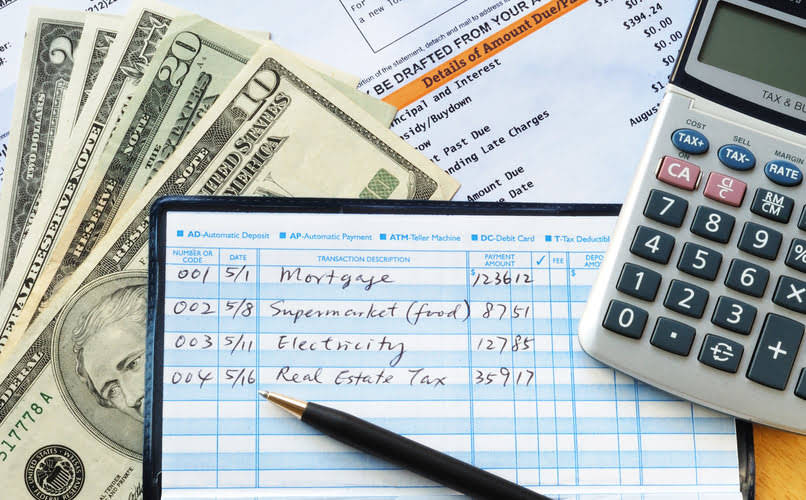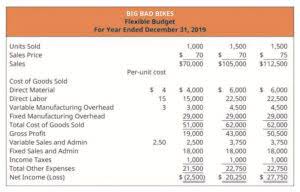
The amount you would be willing to accept depends on the interest rate or the rate of return you receive. Many times in business and life, we want to determine the value today of receiving a specific single amount at some time in the future. As you have seen, the frequency of compounding requires you to adjust the number of periods (n).
Do you own a business?
- The answer tells us that receiving $1,000 in 20 years is the equivalent of receiving $148.64 today, if the time value of money is 10% per year compounded annually.
- In addition, they usually contain a limited number of choices for interest rates and time periods.
- Calculate the present value of this sum if the current market interest rate is 12% and the interest is compounded annually.
- One key point to remember for PV formulas is that any money paid out (outflows) should be a negative number, while money in (inflows) is a positive number.
- Higher interest rates result in lower present values, as future cash flows are discounted more heavily.
- The present value (PV) formula discounts the future value (FV) of a cash flow received in the future to the estimated amount it would be worth today given its specific risk profile.
When you are evaluating an investment and need to determine the present value (PV), utilize the process described above in Excel. The present value is calculated to be ($30,695.66) since you would need to put this amount into your account; it is considered to be a cash outflow, and so shows as a negative. If the future value is shown as an outflow, then Excel will show the present value as an inflow. Conversely, lower levels of risk and uncertainty lead to lower discount rates and higher present values. This means that the current value of the $10,000 expected in five years is $7,835.26, considering the time value of money and the 5% discount rate. Our online tools will provide quick answers to your calculation and conversion needs.
- Moreover, the size of the discount applied is contingent on the opportunity cost of capital (i.e. comparison to other investments with similar risk/return profiles).
- NPV is calculated by summing the present values of all future cash flows, including inflows and outflows, and represents the net benefit of an investment or project.
- Examples include investing, valuing financial assets, and calculating cash flow.
- The present value of a single amount formula is most often used to determine whether or not an investment opportunity is good.
- In the present value formula shown above, we’re assuming that you know the future value and are solving for present value.
- This example shows that if the $4,540 is invested today at 12% interest per year, compounded annually, it will grow to $8,000 after 5 years.
What is the Present Value Formula?
Stocks are also often priced based on the present value of their future profits or dividend streams using discounted cash flow (DCF) analysis. For the PV formula in Excel, if the interest rate and payment amount are based on different periods, then adjustments must be made. A popular change that’s needed to make the PV formula in Excel work is changing the annual interest rate to a period rate.
Calculations for the Present Value of a Single Amount
- The articles and research support materials available on this site are educational and are not intended to be investment or tax advice.
- The effects of compound interest—with compounding periods ranging from daily to annually—may also be included in the formula.
- When you start working with time value of money problems, you need to pay attention to distinguish between present value and future value problems.
- In many cases, investors will use a risk-free rate of return as the discount rate.
- All of our content is based on objective analysis, and the opinions are our own.
- Higher inflation rates reduce the present value of future cash flows, while lower inflation rates increase present value.
Where PV is the Present Value, CF is the future cash flow, r is the discount rate, and n is the time period. We need to calculate the present value (the value at time period 0) of receiving a single amount of $1,000 in 20 years. The interest rate for discounting the future amount is estimated at https://www.bookstime.com/ 10% per year compounded annually. Assuming that the discount rate is 5.0% – the expected rate of return on comparable investments – the $10,000 in five years would be worth $7,835 today.

Formula for Present Value (PV) in Excel
The higher the discount rate you select, the lower the present value will be because you are assuming that you would be able to earn a higher return on the money. The present value of a single amount is an investment that will be worth a specific sum present value of single amount in the future. For example, if you invest $1,000 today at an interest rate of 12%, it’ll be worth $2,000 in 5 years. The present value of a single amount allows us to determine what the value of a lump sum to be received in the future is worth to us today. The tables below show the number of periods (n) and the related interest rate (i) for four different compounding assumptions. A small-scale businessman receives income from his business at the end of each year.

The One Decision That Can Make Or Break Your Financial Future

The word “discount” refers to future value being discounted back to present value. PV helps investors determine what future cash flows will be worth today, allowing them to understand the value of an investment and thereby choose between different possible investments. PV calculations rely on accurate estimates of future cash flows, which can be difficult to predict.

Calculation of Present Value (Step by Step)
By using the present value formula, we can derive the value of money that can be used in the future. In present value calculations, future cash amounts are discounted back to the present time. (Discounting means removing the interest that is imbedded in the future cash amounts.) As a result, present value calculations are often referred to as a discounted cash flow technique. If you received $100 today and deposited it into a savings account, it would grow over time to be worth more than $100.

Present Value (PV): What It Is and How to Calculate It in Excel
Small changes in the discount rate can significantly impact the present value, making it challenging to accurately compare investments with varying levels of risk or uncertainty. Companies use PV in capital budgeting decisions to evaluate the profitability of potential projects or investments. By calculating the present value of projected cash flows, firms can compare the value of different projects https://www.facebook.com/BooksTimeInc/ and allocate resources accordingly. PV takes into account the time value of money, which assumes that a dollar received today is worth more than a dollar received in the future due to its potential earning capacity. These elements are present value and future value, as well as the interest rate, the number of payment periods, and the payment principal sum.
Future Values of Unequal Series of Payments
- Present Value is a fundamental concept in finance that enables investors and financial managers to assess and compare different investments, projects, and cash flows based on their current worth.
- Always keep in mind that the results are not 100% accurate since it’s based on assumptions about the future.
- Now we’ll look at what happens when interest is compounded (1) annually, (2) semiannually, (3) quarterly, and (4) monthly.
- Present value is important in order to price assets or investments today that will be sold in the future, or which have returns or cash flows that will be paid in the future.
- PV calculations greatly assist investment decisions because of their ability to bring future amounts into the context of the present (to time period 0).
- Taking the same logic in the other direction, future value (FV) takes the value of money today and projects what its buying power would be at some point in the future.
The time value of money is a fundamental concept in finance, which states that money available at the present time is worth more than the same amount in the future. Similar to future value tables, present value tables are based on the mathematical formula used to determine present value. Due to the relationship between future and present values, the present value table is the inverse of the future value table.
